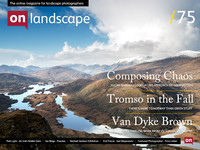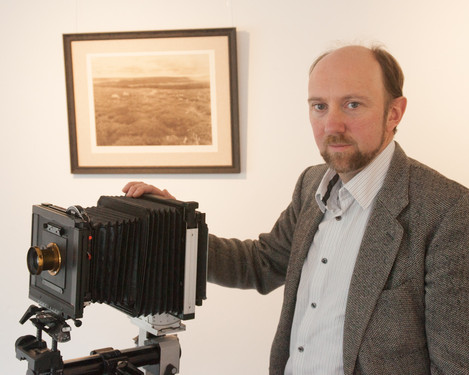Charles has carved out a niche with his excellent alternative process landscape pictures of the Moors

Charles Twist
The first serious steps on my photographic journey began 20 years ago, when I moved to sheet film and view cameras, primarily capturing full-colour landscapes. Since then, I have delved into the history and technology of my craft. Rediscovering and mastering the reversal processing of photographic paper was a pivotal moment for me, laying the foundation for a collaborative project focused on creating sepia portraits at events using vintage methods and equipment.
Subsequently, I designed and constructed my own view camera. Presently, I continue to employ the reversal process with a century-old camera to compile my personal photo-diary. Simultaneously, I use my homemade camera, fitted with a digital back, to craft colour photographs of landscapes and architecture. While I am proficient in both analog and digital technologies, my cameras all share a common feature – a bellows at their heart.
Can you tell me a little bit about where the exhibition started from because I know that you have been interested in large format photography for a long time, and specifically the use of old lenses, by which I probably mean pre-1920’s, and old techniques, which you have become interested in I think more over the last few years.
It’s the old greasy slope and curiosity killed the cat type problem. I started off as a 35mm photographer on film – I’ve never really used digital much at all. I was very disappointed in my photographs in 35mm, not because of the composition or the lighting or anything that I was doing, but because the lens was producing pictures that simply weren’t sharp enough. Then I happened upon a book by Joe Cornish, whom we all know…


